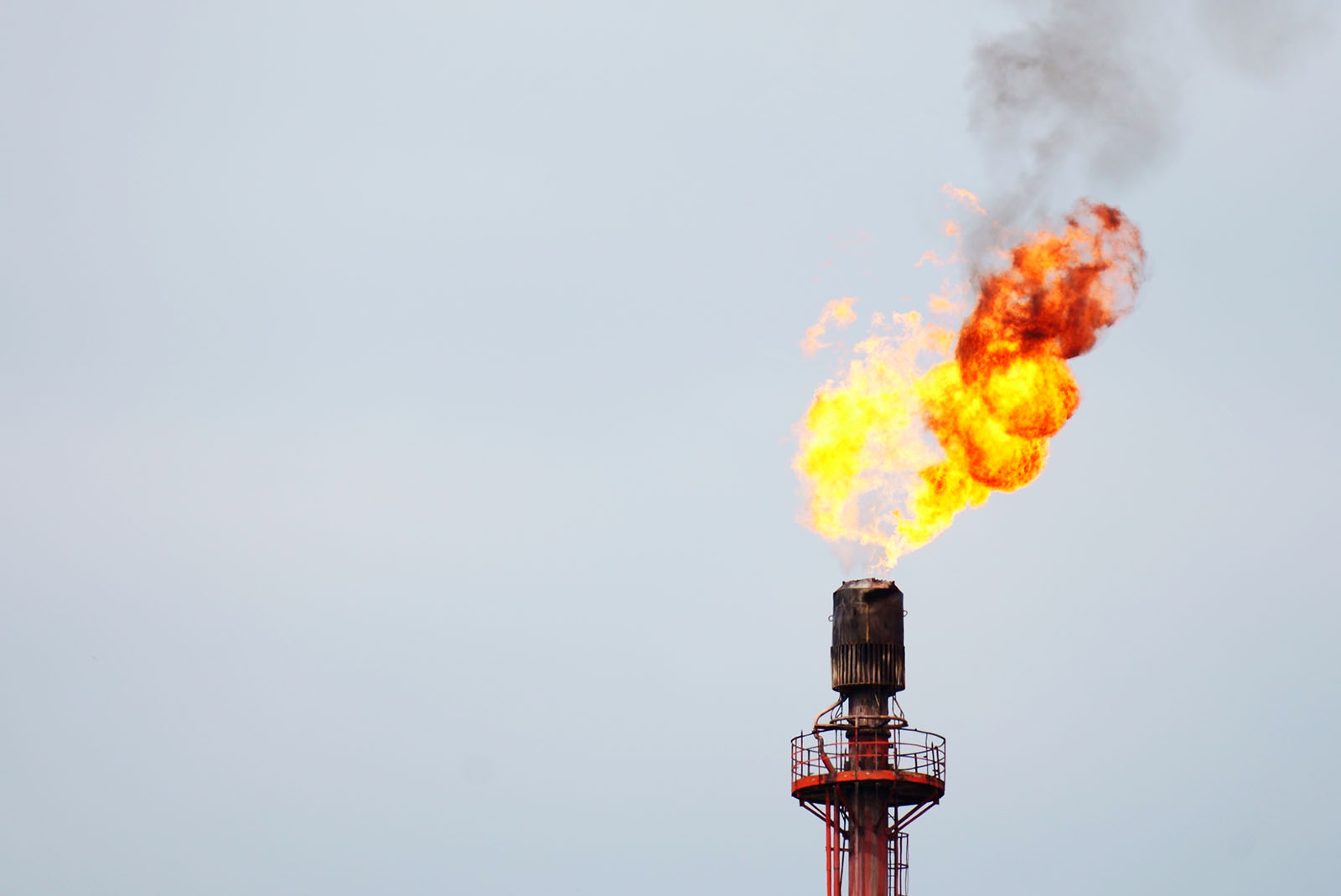combustion engineering
CU7
The CU7 range of control units provide the interface between our ignition systems and the user, either directly or via a burner management system. The CU7 range is designed to work in conjunction with our ranges of premix units, torches and ancillary equipment, on both inspirated and premix type systems. The CU7 range is particularly suited to applications that run continuously as it continuously checks its flame detection circuits for a system fault.
The CU7 range offers many benefits to the user:
- Reliable and proven design so that downtime is reduced to the minimum.
- Low voltage output to the torch eliminates the need for long lengths of HT cable.
- Continuous checking of the flame detection circuits.
- Simple design means there is little to go wrong; the CU7 consists of a transformer and circuit board.
- Simple operation.
- Low power consumption.
- A single dual-purpose electrode for ignition and flame detection.
- Flame detection by flame rectification.
- Meet the safety requirements of EN298.
In addition, the CU7 range has several features that enable it to be tailored to individual applications.
- Local and / or remote control.
- 110 or 230 V ac power supply.
- Two versions; the CU7/4 has the circuit board mounted parallel to the chassis plate and the CU7/3 has a plug in circuit board mounted perpendicular to the chassis plate.
- Outputs for control of solenoid valves.
- Outputs for remote indication of system status.
- CE marked makes it suitable for use in the European Economic Area (EEA) or any other country that operates a mutual recognition policy for CE marked products.
Operation
Both the CU7/3 and CU7/4 operate in the same way. On initiation, either locally or remotely, the unit commences its spark phase. If a spark is detected, the unit applies power to solenoid valves, allowing air and gas to flow to the torch for combustion. After four seconds in spark mode, the unit stops sparking and looks for a flame. If a flame is detected, the unit continues to operate as long as a flame is detected until shutdown. If a flame is not detected at any time in the flame detection phase, the system shuts down.
The CU7 has two flame detection circuits. During operation, the unit checks each circuit and compares the results. If the circuits give different output, the unit shuts down and indicates a fault.
Options
Our standard designs are easily customized to suit your requirements. Common changes include:
- Enclosure type.
- Spark time.
- System status indication.
- Local or remote operation.
Technical Data (Common to both CU7/3 and CU7/4)
The CU7 range of control units are designed in accordance with the following European harmonized standards (where applicable):
- BS EN 746-1 and 2, Industrial thermoprocessing equipment.
- BS EN 61010-1, Safety requirements for electrical equipment for measurement, control and laboratory use.
- BS EN 50014, Electrical equipment for use in potentially explosive atmospheres – General rules.
- BS EN 50018, Electrical equipment for use in potentially explosive atmospheres – EExd protection.
The CU7 range meets the requirements of the following EC directives (where applicable):
- EMC Directive
- Low Voltage Directive
- Machinery Directive
- ATEX Directive.
Drawings
The following standard drawings are available in Acrobat format for downloading.
CU7/4 in standard enclosure
Shown below is the external view of a CU7/4 in a standard enclosure. All dimensions are in mm. The unit is housed in a lockable steel enclosure and has four cable entries provided in the bottom face of the enclosure. The enclosure has an IP rating of 55.
In addition to the options listed above, there are other options available for this design.
- Pushbutton start and stop.
- Number and size of cable entries.
- An ammeter to show flame signal.
CU7/3 in EExd enclosure
Shown below is the external view of the CU7/3 in an EExd enclosure, which is suitable for use in potentially explosive atmospheres. All dimensions are in mm.
The enclosure is made of cast aluminium with M20 cable entries located in the bottom of the enclosure and is certified EExd IIC T6 by INIEX (certificate number 83.103.251) and it has an IP rating of 65. In addition to the options listed above, this design has several other options:
-
Pushbutton to start and stop.
-
Number and size of cable entries.
-
Lamps to indicate system status.
-
A window in the lid to view the circuit board mounted LED’s.
